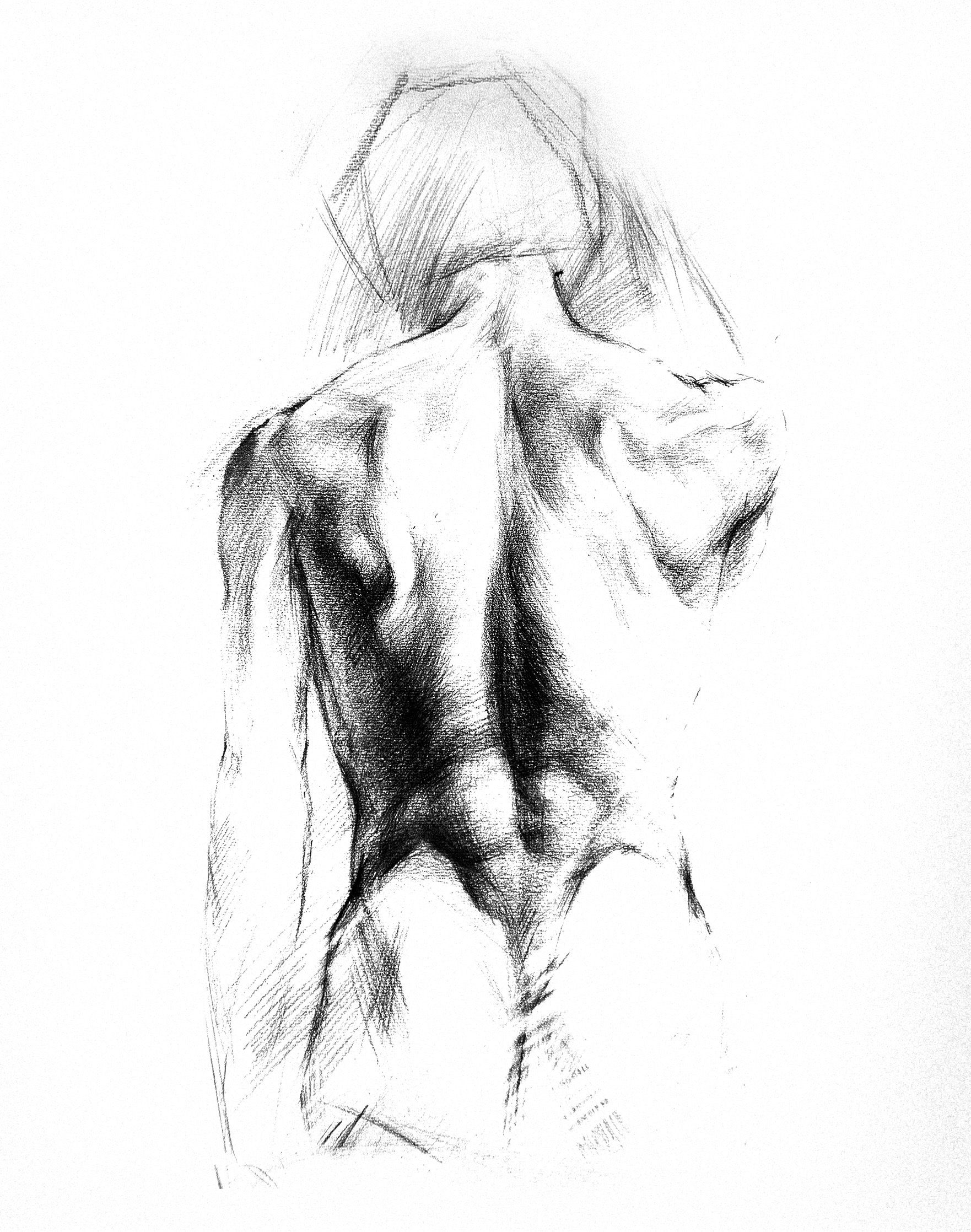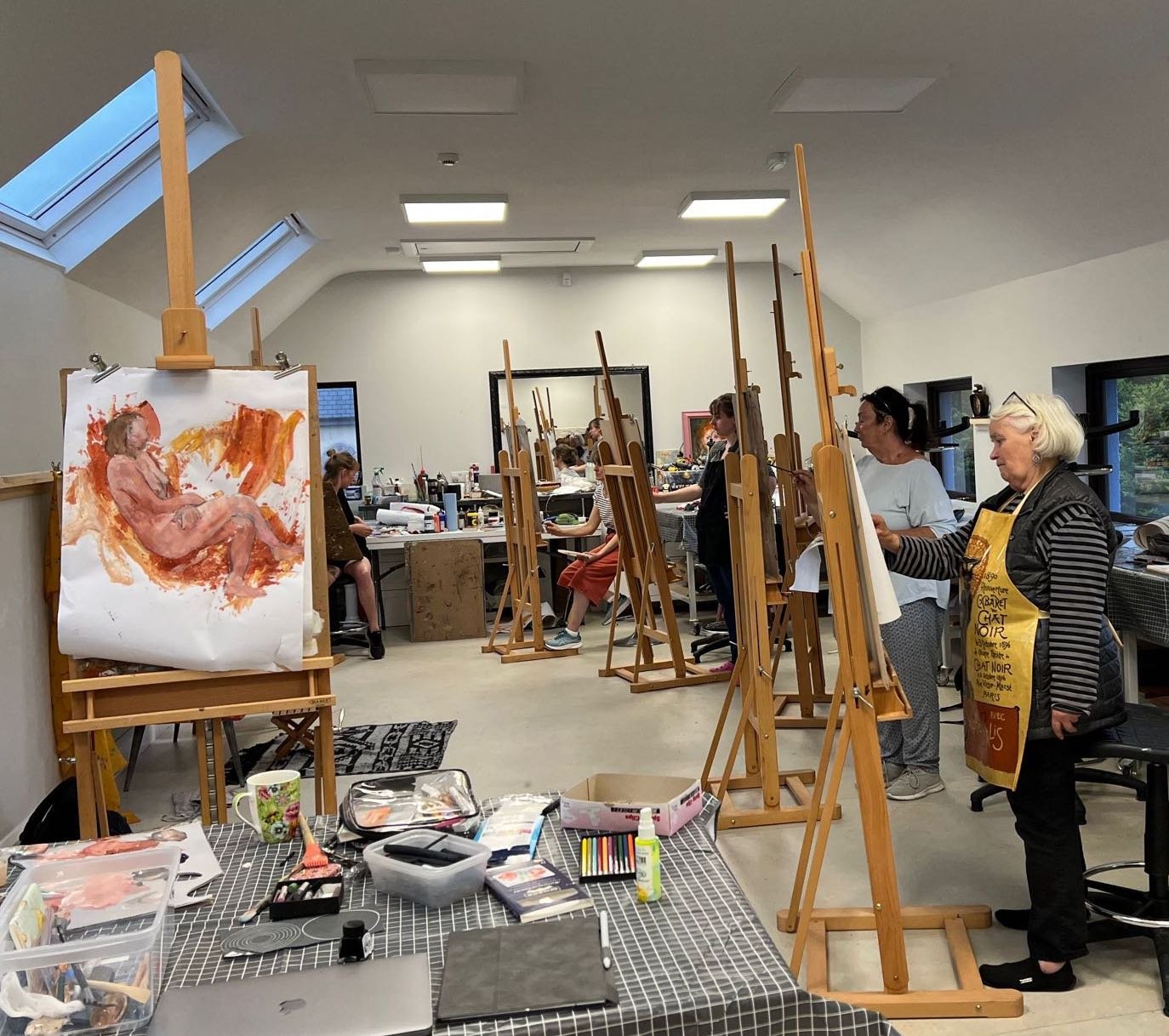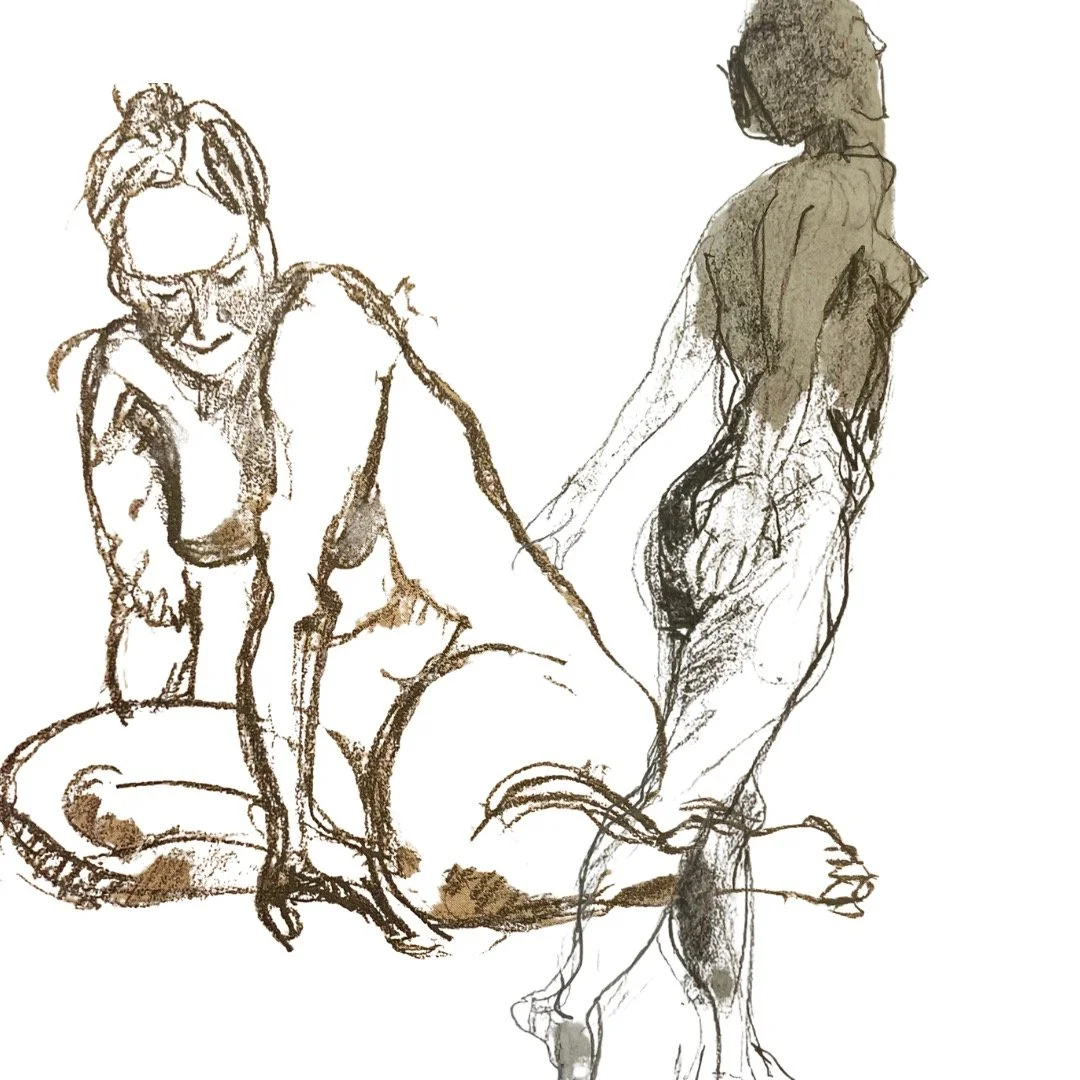Life Drawing
with
Lora Murphy
A 2 Day Workshop
3rd & 4th May 2025
10am to 3pm
4 x 2 Hour Evening Workshops
Thursday, 8th May
Thursday, 15th May
Thursday, 22nd May
Thursday 29th May
7pm to 9pm
You are very welcome to join at any time! The course progresses from foundational principles to the challenges of life drawing, three-dimensional form, composition and expression. Full class description is provided below.
You may choose to attend the full course or individual classes. If you are interested in the evening sessions but have no prior life drawing experience, or if you’d like to refresh your fundamentals, we recommend taking the two-day workshop beforehand.
Each class features a live nude model, with model fees included in the course fee.
€220 - 2 Day Workshop
€130 - 4 Evening Classes
€35 - individual Evening Class
€300 - 2 Day Workshop plus 4 Evening Classes
What will I learn?
Build a foundation in life drawing skills by creating and submitting for feedback several figure drawings.
Consider and apply in your drawing the standard measurements and proportions of the human figure.
Identify and apply in your figure drawing the characteristic shapes and proportions of the human skeleton.
Develop a basic ability to capture posture and motion through gesture drawing.
See and apply in your figure drawing the characteristic shapes and proportions of human anatomy and muscle mass.
Gain the ability to capture the shape of human subjects through contour and blind contour drawing.
Examine and apply in your figure drawing the characteristic shapes and proportions of the human face in frontal, profile, and three-quarter views.
Explore through your figure drawings the concepts of volume, perspective, and shading.
Consider and apply in your figure drawing different approaches to composition, including texture, balance, rhythm, variety, unity, and emphasis.
Demonstrate a basic ability to use expressive drawing techniques in capturing the human figure.
Life drawing is a fundamental artistic challenge. Capturing the human figure in all its infinite, intricate variations requires both a mastery of technique and a thorough understanding of the body. In this life drawing course, you'll make your figure drawings come to life with guidance with feedback from Lora. Following traditional methods, you'll learn the standard measures and proportions artists use to achieve naturalistic and expressive figure drawings. The course builds progressively from the fundamentals to the challenges of portraiture, three-dimensional form, composition and expression.
SUPPLY LIST
Sheets of paper – regular drawing paper should be sufficient for this exercis - try to get as large as possible
Charcoal several sizes
Easel clips
A sketchbook
Easel clips (to fasten pages to an easel) and a sketchbook isrecommendd if you like to take notes or sketch in them
masking tape or frog tape
Graphite pencils (2H, HB & 2B are sufficient)
Kneaded eraser
Measuring device such as a knitting needle or a thread
Ruler (only for the initial preparatory steps)
“ When you follow your bliss, you begin to meet people who are in the field of your bliss, and they open the doors to you”



